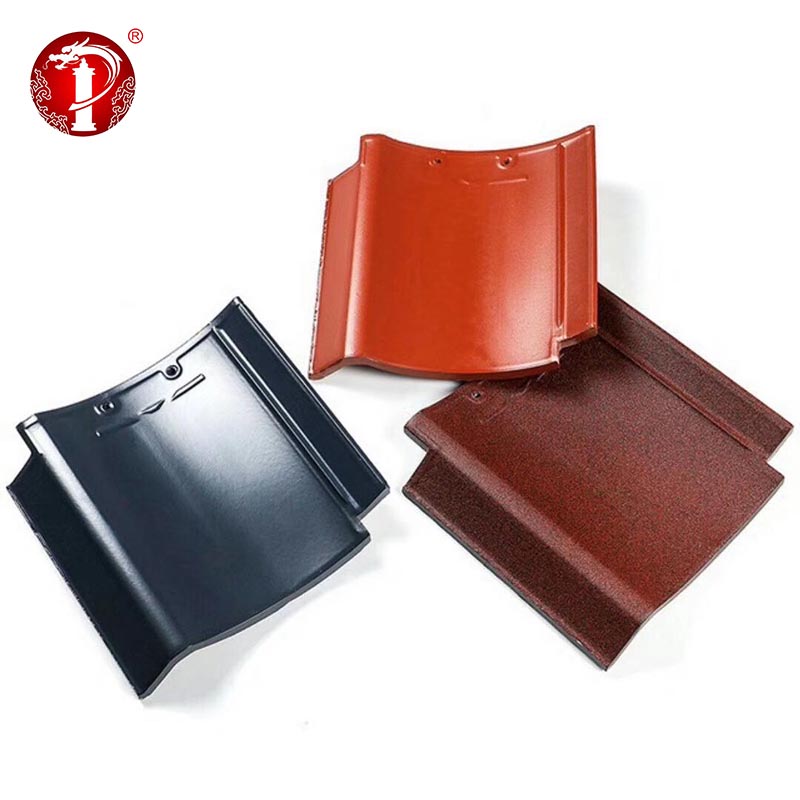 English
English-
 English
English -
 Español
Español -
 Português
Português -
 русский
русский -
 Français
Français -
 日本語
日本語 -
 Deutsch
Deutsch -
 tiếng Việt
tiếng Việt -
 Italiano
Italiano -
 Nederlands
Nederlands -
 ภาษาไทย
ภาษาไทย -
 Polski
Polski -
 한국어
한국어 -
 Svenska
Svenska -
 magyar
magyar -
 Malay
Malay -
 বাংলা ভাষার
বাংলা ভাষার -
 Dansk
Dansk -
 Suomi
Suomi -
 हिन्दी
हिन्दी -
 Pilipino
Pilipino -
 Türkçe
Türkçe -
 Gaeilge
Gaeilge -
 العربية
العربية -
 Indonesia
Indonesia -
 Norsk
Norsk -
 تمل
تمل -
 český
český -
 ελληνικά
ελληνικά -
 український
український -
 Javanese
Javanese -
 فارسی
فارسی -
 தமிழ்
தமிழ் -
 తెలుగు
తెలుగు -
 नेपाली
नेपाली -
 Burmese
Burmese -
 български
български -
 ລາວ
ລາວ -
 Latine
Latine -
 Қазақша
Қазақша -
 Euskal
Euskal -
 Azərbaycan
Azərbaycan -
 Slovenský jazyk
Slovenský jazyk -
 Македонски
Македонски -
 Lietuvos
Lietuvos -
 Eesti Keel
Eesti Keel -
 Română
Română -
 Slovenski
Slovenski -
 मराठी
मराठी -
 Srpski језик
Srpski језик
Chinese roof tiles: a timeless tradition
2024-06-07
Chinese roof tiles, also known as "tile pans" in Mandarin, have been an integral part of traditional Chinese architecture for centuries. These unique tiles are not only functional, but also have deep cultural and historical significance. From unique designs to lasting heritage, Chinese roof tiles remain a symbol of tradition and craftsmanship.
The history of Chinese roof tiles dates back to the Neolithic Age, with the earliest known examples dating back to about 10,000 years ago. Over time, the production and use of these tiles became more refined, eventually becoming a staple of Chinese architectural design. The materials used to make Chinese roof tiles have evolved over the years, with clay and ceramic being the most common choices. Not only are these materials durable, but they are also readily available, making them perfect for building a roof that will stand the test of time.
One of the most distinctive features of Chinese roof tiles is their unique shape and design. The curved, overlapping contours of the tiles are not only beautiful but also functional. This design allows for efficient drainage and ventilation, protecting the building from the elements while maintaining a comfortable indoor environment. In addition, the intricate patterns and decorative elements on the tiles often reflect traditional Chinese patterns, adding a touch of elegance and cultural symbolism to the architecture.
In addition to being functional and decorative, Chinese roof tiles also have symbolic meanings rooted in Chinese culture. The upward-curving tiles are believed to symbolize growth, prosperity and good luck, making them a popular choice for traditional Chinese homes and temples. The use of these tiles is also associated with the concepts of harmony and balance, reflecting the traditional Chinese philosophy of Feng Shui, which emphasizes the importance of creating a harmonious and auspicious living environment.
In addition to their cultural significance, Chinese roof tiles are valued for their sustainability and environmental benefits. The use of natural materials such as clay and ceramics is in line with the principles of environmentally friendly construction, as these materials are biodegradable and have minimal impact on the environment. Additionally, the longevity of Chinese roof tiles reduces the need for frequent replacement, contributing to the overall sustainability of the buildings they decorate.
Today, Chinese roof tiles remain an enduring symbol of tradition and craftsmanship, and their influence can be seen in both traditional and modern architectural design. While deeply rooted in history, Chinese roof tiles have also adapted to contemporary building practices, blending seamlessly with modern building techniques. Their timeless appeal and cultural significance make them a popular element in architectural projects in China and around the world.
All in all, Chinese tiles are more than just a building material, they are a testament to the rich cultural heritage and craftsmanship of traditional Chinese architecture. Their unique design, cultural symbolism and sustainable qualities have cemented their status as iconic features of Chinese architecture, embodying a lasting legacy of timeless tradition. Whether decorating ancient temples or modern buildings, Chinese roof tiles remain a symbol of the tenacity, prosperity and immortal spirit of Chinese architecture.





